In-depth assessments to ensure your installation
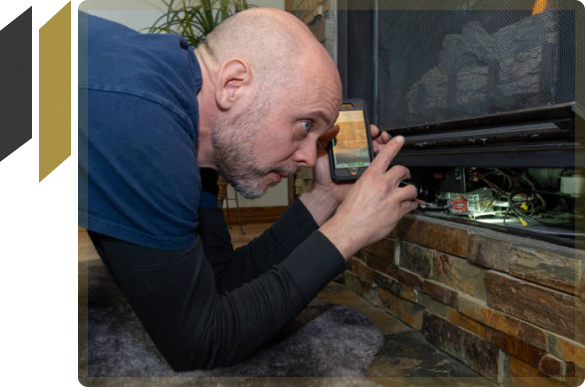
A fireplace survey is essential to ensure that the fireplace is safe, compliant, and in good working condition, particularly if you’re purchasing a new property or have not fireplace inspection for some time. It is smart step to have regular surveys after installing your fireplace.

Get in contact with us today to book
your Fireplace Survey
Initial Inquiry
Discuss your project and requirements

On Site Survey
Detailed assessment of your property and fireplace options

Quotation and Advice
Provide a detailed quote and guidance on your project
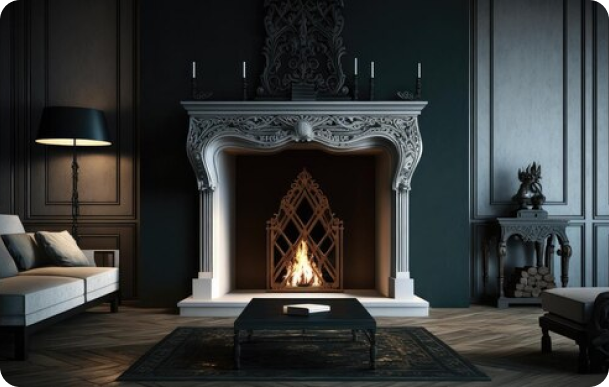

Pre-Installation Check
Ensure your home is ready for a new fireplace or stove installation.


Safety Assessment
Identify any potential hazards, structural issues, or ventilation problems.

Compliance Guarantee
Confirm your fireplace meets all relevant safety and building regulations.
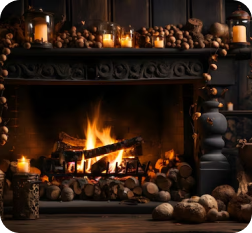

Tailored Advice
Get professional recommendations tailored to your project s specific needs.

Cost-Effective
Avoid costly mistakes with a thorough survey before starting your project.

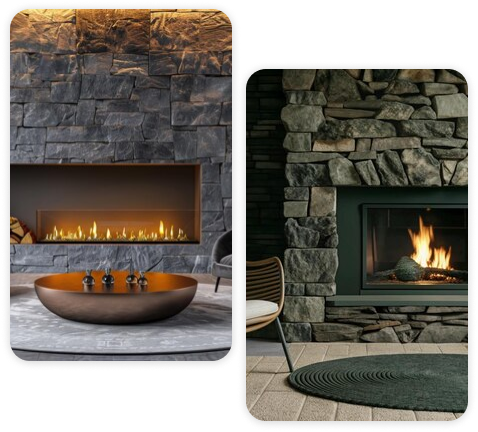

If you have any questions or need assistance with booking, please don t hesitate to reach out to our friendly team. We re here to help with everything from installing or updating chimney liners for wood burning or gas fireplaces to ensuring proper exhaust of fumes and smoke.
We look forward to helping you create a warm and inviting space with your new fireplace!
Frequently Asked Questions About Fireplace Surveying
Essential Q&A About Fireplace Surveying
A comprehensive fireplace survey ensures that your fireplace and chimney are safe and compliant with building regulations. It checks for potential issues such as blockages, structural damage, or inadequate ventilation, which could lead to safety hazards like chimney fires or carbon monoxide leaks.
A comprehensive fireplace survey includes an inspection of the chimney, flue, and hearth. It examines the overall condition of the fireplace, identifies any blockages or debris, checks for cracks or wear, and ensures the system is properly vented and safe for use.
Most fireplace surveys take around *30 minutes to an hour*, depending on the size of the property and the condition of the fireplace and chimney.
No, it’s not recommended to use a fireplace that hasn’t been recently inspected, as this can be dangerous. Uninspected fireplaces may have blockages, structural issues, or other hazards that could result in fire risks or harmful emissions.
If any issues are identified during the fireplace survey, the inspector will recommend the necessary repairs or maintenance. This could include clearing blockages, repairing cracks, relining the flue, or addressing structural concerns to ensure the fireplace is safe to use.
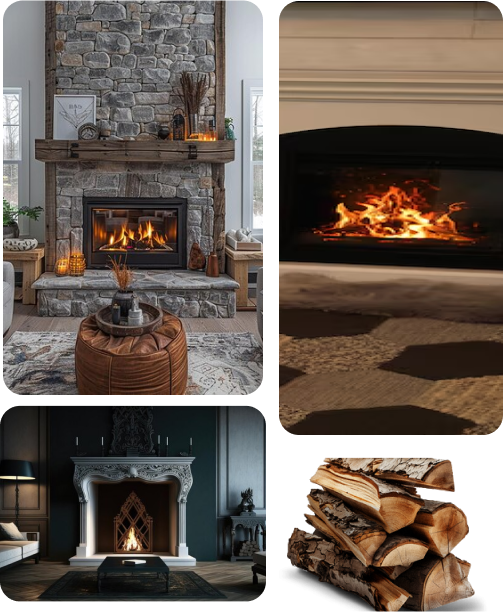

Drop a line
Mail Us
24/7 Service
Call Us
Location
Visit Us
58 Eastwood mains Road, Glasgow, G46 6QD
Company
Support
Monday to Friday: 9:00 AM – 5:00 PM
Saturday: 10:00 AM – 2:00 PM
Sunday: Closed
Stay up to date